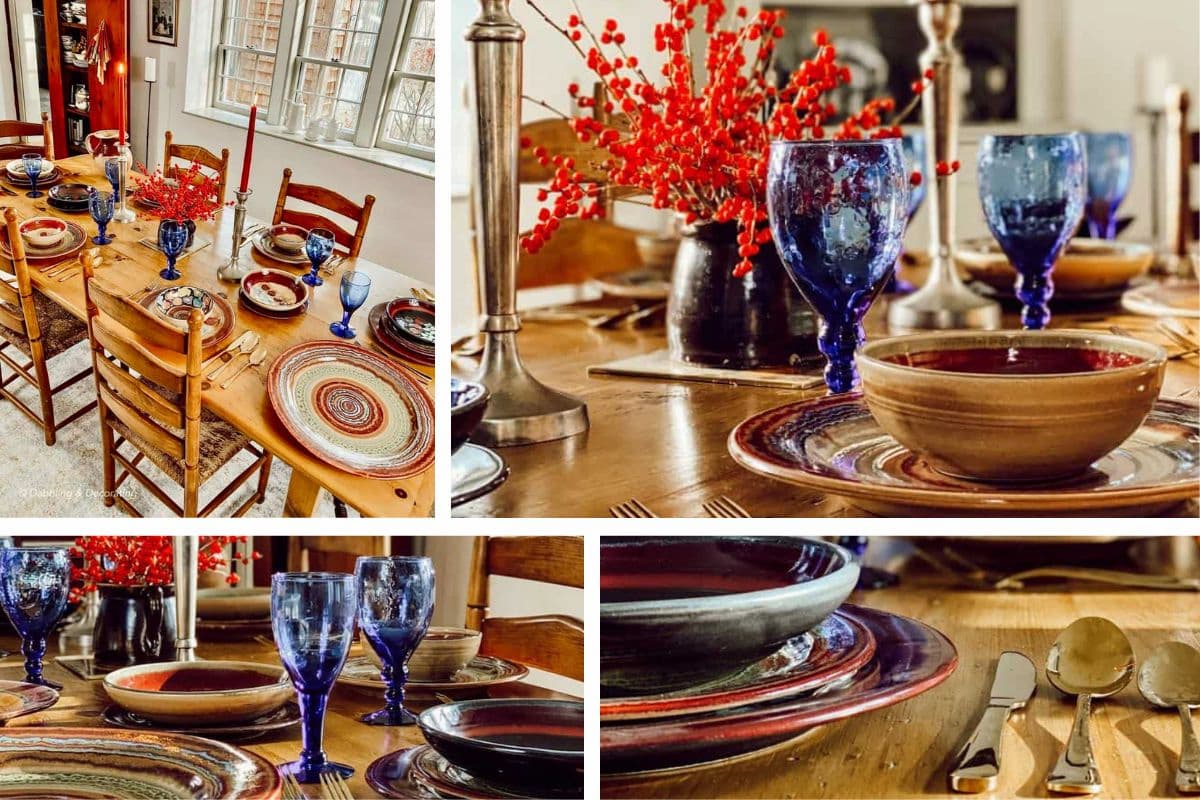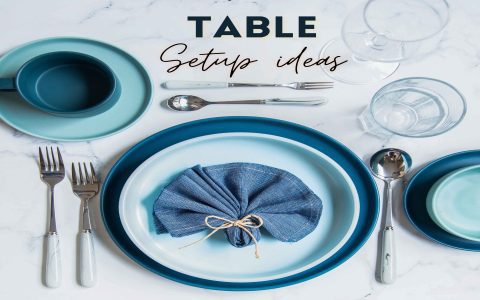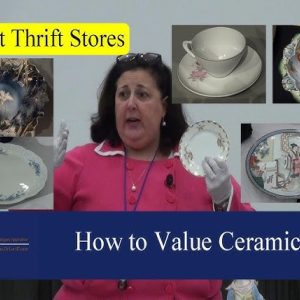The Allure of Vintage Stoneware
Stoneware, a dense and durable type of ceramic fired at high temperatures, gains a unique charm when it carries the patina of age. Vintage stoneware dishes are sought after for their robust quality, distinctive glazes, and the stories they often embody, making them a cherished category within ceramic dinnerware.
Key Characteristics
- Durability and Material: Properly fired stoneware is highly resistant to chipping and often suitable for everyday use. This inherent strength comes from vitrified or semi-vitrified clay, making it a practical choice similar in utility to some modern ceramics.
- Unique Aesthetics: Vintage pieces frequently feature hand-applied glazes, earthy tones, or distinct patterns characteristic of their era, such as speckled finishes, reactive glazes, or bold mid-century designs. The color and style of vintage stoneware can significantly enhance a space's decor.
- Craftsmanship and History: Many vintage stoneware items originate from periods emphasizing skilled craftsmanship, resulting in pieces with individual character. Each set or item can reflect the design trends and manufacturing techniques of its time.
- Sustainable Choice: Opting for vintage stoneware is an inherently eco-friendly decision. It promotes the reuse of existing items, appreciating the natural clay materials and the energy already expended in their creation.
Identifying Vintage Stoneware
Authenticating vintage stoneware involves several observational points:
- Backstamps or Maker's Marks: Examine the base for stamps, incised marks, or signatures that can indicate the manufacturer, country of origin, and approximate production period.
- Glaze and Decoration Style: Familiarize yourself with common vintage glaze techniques (e.g., salt glaze, drip glaze) and popular motifs from different decades. The texture and finish of the glaze are key indicators.
- Weight and Form: Stoneware is typically heavier than earthenware and has a more opaque body than porcelain. The shapes and forms can also suggest particular design eras.
- Signs of Age: Authentic wear, such as minor crazing (fine crackling in the glaze, not penetrating the body), subtle wear on an unglazed foot ring, or slight, consistent variations in hand-applied glazes, can be indicative of age rather than damage.
Collecting and Usage
Vintage stoneware is both a collectible and highly functional item for the home:

- Everyday Dining: Many vintage stoneware sets are robust enough for daily meals and are often dishwasher safe. However, gentle handwashing is recommended to preserve their condition and glaze integrity over time.
- Mixing and Matching: Create unique and eclectic table settings by mixing patterns, colors, and pieces from different makers or eras. This approach allows for personal expression and adapts to various decor styles.
- Decorative Appeal: Beyond tableware, vintage stoneware pitchers, large bowls, crocks, and platters serve as excellent decorative accents, adding warmth and character to kitchens, dining rooms, and living spaces.
Care Considerations
To preserve the beauty and integrity of your vintage stoneware dishes:
- Gentle Cleaning: Handwash with mild detergent and a soft cloth or sponge. If using a dishwasher, select a gentle cycle and ensure pieces are securely placed to prevent knocking against each other.
- Avoid Thermal Shock: Do not transfer pieces directly from extreme cold (refrigerator/freezer) to extreme heat (hot oven/boiling water) or vice-versa, as this can cause cracking.
- Storage: Store pieces carefully, avoiding stacking heavy items on top of more delicate ones. If stacking plates, consider using felt or paper plate separators.
- Lead in Glazes: While most functional stoneware intended for food is generally considered safe, be mindful that some very old (pre-1970s) or non-commercially produced pieces with brightly colored glazes or significant crazing might potentially contain lead. If concerned, use such pieces for decorative purposes or use a lead test kit.












